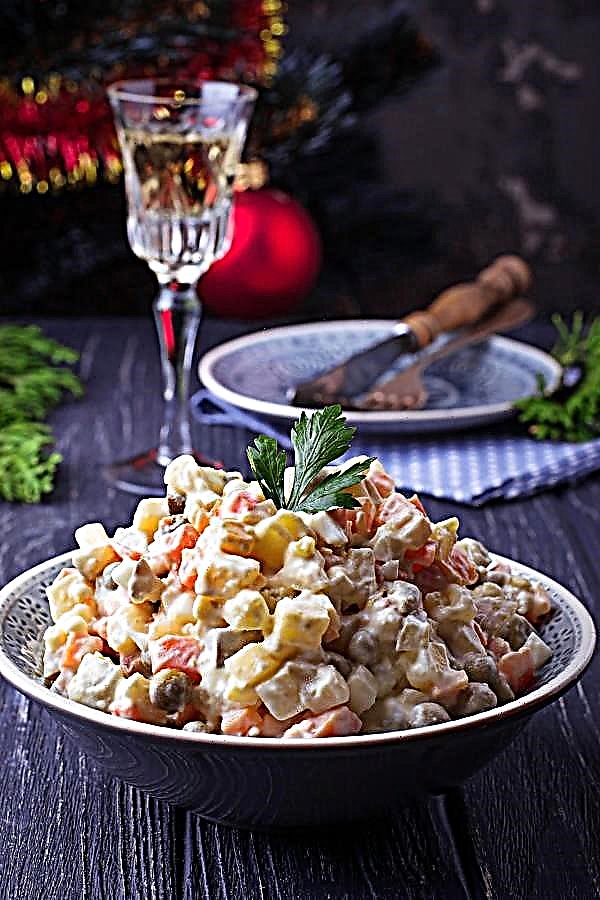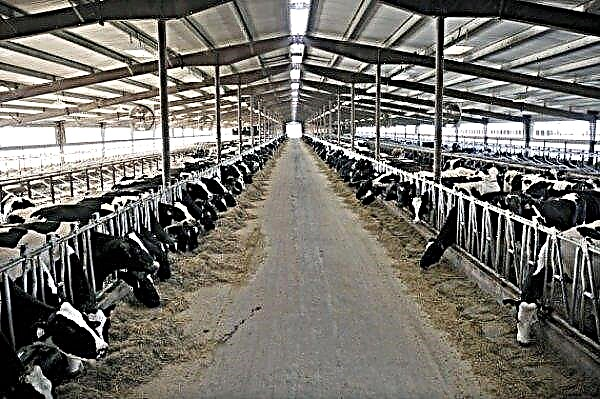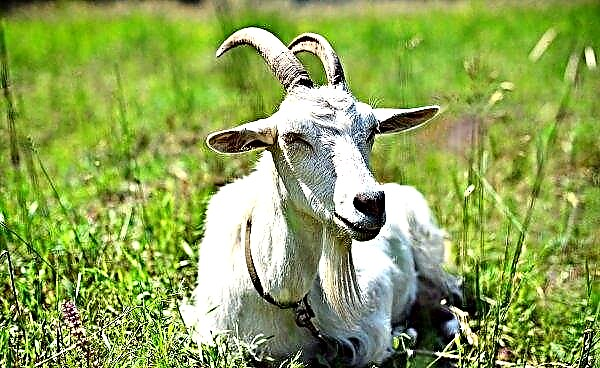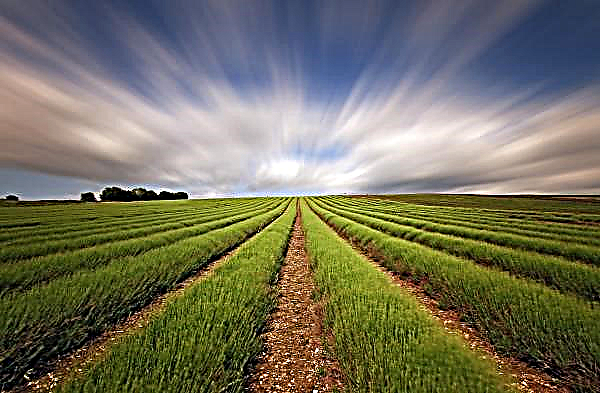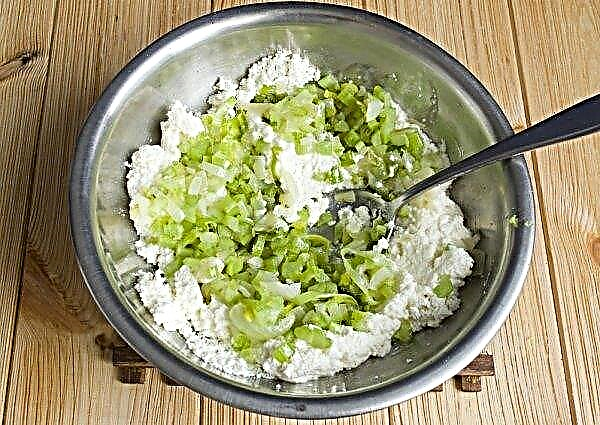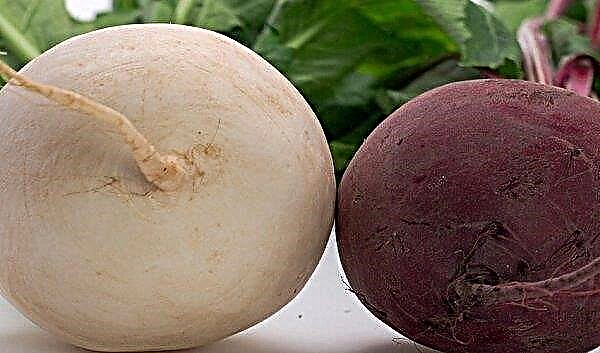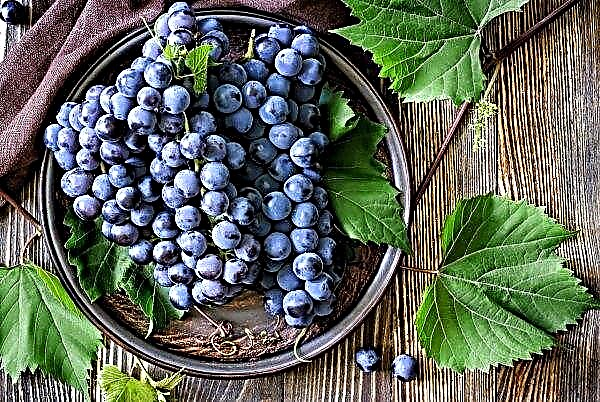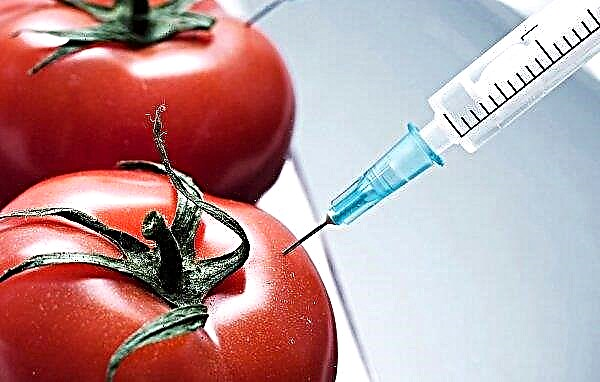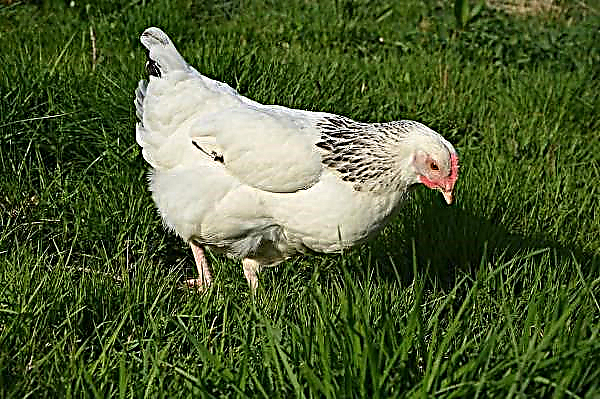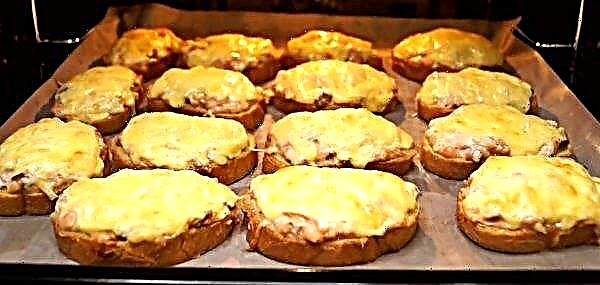In poultry, the most valuable representatives of chickens are universal breeds of meat and egg. The article considers the breed of Tsarskoye Selo chicken, its characteristics and conditions of keeping and breeding.
History reference
When breeding a population, the specialists of the All-Russian Institute of Genetics considered obtaining a productive and strong immunity of the bird as a priority. Work on the consolidation of genetic qualities is ongoing today. The first individuals were bred several decades ago by crossing the following breeds:
- New Hampshire
- Poltava clay;
- Cross Broiler-6.
General characteristics of Tsarskoye Selo chickens
Tsarskoye Selo chicken is resistant to cold, easily adapts to living conditions, is hardy and resistant to stress.
Appearance
The breed is extremely decorative due to the unusual red color of poultry. Consider the standard appearance of the feathered:
| Appearance | |
| Head | Small size |
| Crest | Leafy or pinkish |
| Beak | Gray yellow |
| Neck | Long |
| Chest | Wide, convex |
| Stomach | Volumetric, developed |
| Wings | Short, pressed to the body |
| Tail | Located vertically with black steering feathers |
| Paws | Medium length, with developed hips, yellow skin |
| Plumage and color | Thick, tight to the body. Color red-striped with black and white specks |
Temperament
In general, the bird is peaceful and tolerant of other breeds. Conflicts are possible if the laying hens conquer the territory. But a well-equipped house will solve this problem. Roosters can be belligerent if something threatens their herd, in the presence of competition for females. Zealously defend their own offspring.
Did you know? German scientists, researching the behavior of domestic chickens, identified about twenty sounds of different keys and about the same amount of signal-movements in communication between individuals.
Advantages and disadvantages
Given the youth of the breed, before acquiring young animals, it is advisable to familiarize yourself with all the advantages and disadvantages of the species:
Pros:
- frost-resistant, adapt to harsh winters;
- excellent egg production;
- fast weight gain;
- relatively early puberty;
- excellent taste characteristics of meat;
- good immunity;
- calm temperament;
- high survival rate of chickens.

Minuses:
- in the offspring it is necessary to make culling (not all chicks adopt the parental coloration);
- the breed still requires adjustments by breeders.
Maintenance and care
Birds are resistant to cold and unpretentious in keeping, however, when equipping a chicken coop, the most convenient conditions for birds should be taken into account.
Did you know? On one of the English poultry farms, a rooster took over the duties of a brood hen that threw the chicks. He led a brood with him until the chickens grew up, teaching them how to catch insects and pluck fresh grass.
Chicken house equipment
In winter, the house may not need heating if the room temperature does not drop below zero. Home Improvement:
- dimensions - height up to two meters, area per square meter per dozen individuals;
- nests and perches should not be placed high; for five layers, one nest;
- flooring - straw or sawdust with a depth of up to 15 cm;
- lack of draft;
- the room should be ventilated and dry;
- to clean the parasites to install ash baths;
- once every two months they carry out sanitary treatment of the home.

Patio for walks
Birds love to walk at any time of the year. To protect them from predators and to avoid shoots, the courtyard should be fenced with a grid, the top of the territory as well. On the walking yard should be water, feeders with grain.
Shedding and egg laying break
A significant advantage of the Tsarskoye Selo breed from other populations is that during molting, their body retains protective functions. Layer productivity decreases, but not as noticeably as in other breeds. The downside is that the period may be delayed, it may be necessary to take measures to activate the molt.
Feeding troughs and drinking bowls
Birds are active and mobile, therefore it is better to make drinking bowls suspended, and feeders with high sides to avoid spillage of food and spillage of water on the litter. The place to eat should be away from the nests with hens. During hatching, nothing should bother them.
How to feed an adult herd?
In winter, adults should receive at least 1250 grams of balanced food. The diet includes dry cereal mixtures and wet food with the addition of vegetables, legumes and dried herbs. Be sure to give hens and roosters calcium and vitamin supplements:
- a piece of chalk;
- shell rock;
- meat and bone meal;
- yogurt;
- cake;
- fish fat;
- salt.
Important! Please note: young laying hens need an increased amount of protein products.
Addiction to disease
The breed is resistant to viral infections, colds. But it is not protected from parasites and bacteria that can enter the chicken coop along with rodents. Therefore, despite excellent immunity, the herd conduct all routine vaccinations necessary for poultry. The chicken coop should be protected from rodent invasion, walking yard - from visiting wild birds. Once a week, a general cleaning of the house is mandatory; all individuals are examined for cutaneous pests. If necessary, the herd is treated with insecticides, and the premises are disinfected with available means.
The chicken coop should be protected from rodent invasion, walking yard - from visiting wild birds. Once a week, a general cleaning of the house is mandatory; all individuals are examined for cutaneous pests. If necessary, the herd is treated with insecticides, and the premises are disinfected with available means.
Breeding young
Breeding Tsarskoye Selo breed is not fraught with any difficulties. Survival of chicks is almost one hundred percent, chickens adopt parental immunity. They grow and fledge quickly, in a month and a half it is already possible to distinguish between a male and a female.
Egg incubation
The incubatory method of breeding Tsarskoye Selo chicken is carried out according to the standard scheme:
- Material of the correct form and mass is selected, without traces of deformation and cracks in the shell. The selection is carried out with clean hands.
- Do not wash eggs so as not to damage the protective layer of the shell. Eight hours before laying, all selected eggs are placed in preliminary storage at a temperature of +25 degrees, this will ensure simultaneous maturation and hatching. Lay with a blunt end up. After laying, all incubator modes are checked: humidity (65–70%), temperature (+ 37.5–37.8 ° С).
- On average, the incubation process lasts 21 days. During this time, you need to monitor the temperature in the device, ventilate it, opening it for several minutes twice a day. Eggs are checked periodically with an ovoscope, only three times. With a good level of development, an increase in the air chamber in the egg is observed, the mesh of the circulatory system is clearly visible.
- Three weeks later, the chicks begin to hatch, with the normal development of the embryo, all offspring will be freed from the shell within a day.
Important! During hatching and hatching of chicks, it is not possible to open the incubator. Observe the course of events through the window.
Baby Care
The first day after birth, the chicks dry in the apparatus. Then they are determined in a box or other convenient container, observing the temperature regime of + 27-30 degrees. Chicks need round-the-clock lighting, no drafts.
Chicken Diet
In the early days, food should be soft and quickly digested: boiled egg, curd, sour-milk products. Then they are gradually transferred to high protein chicken feed, fresh herbs and grated vegetables are added. As vitamins give a solution of ascorbic acid and glucose.
The Tsarskoye Selo breed of chickens, despite its youth, is very popular on farms and in small private estates. The bird has established itself as a highly productive, disease resistant, easily adaptable and unpretentious to the conditions of detention.

